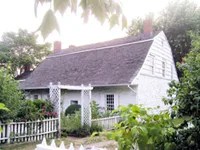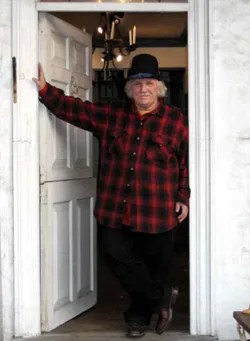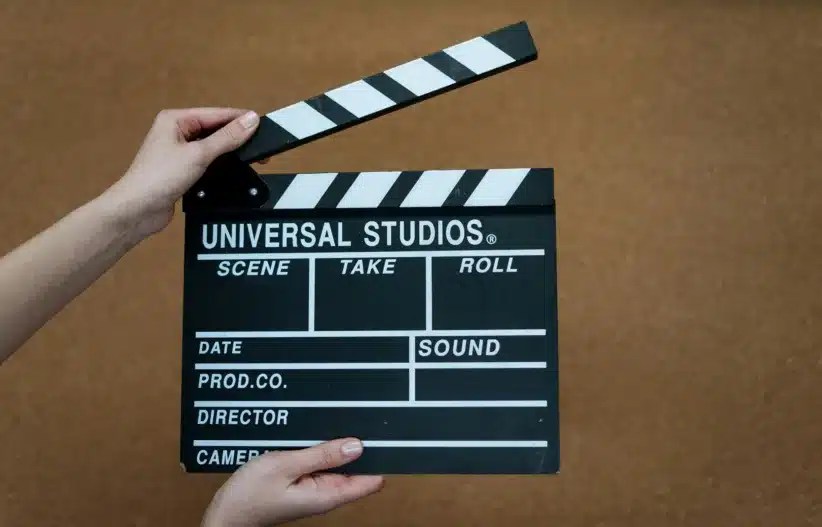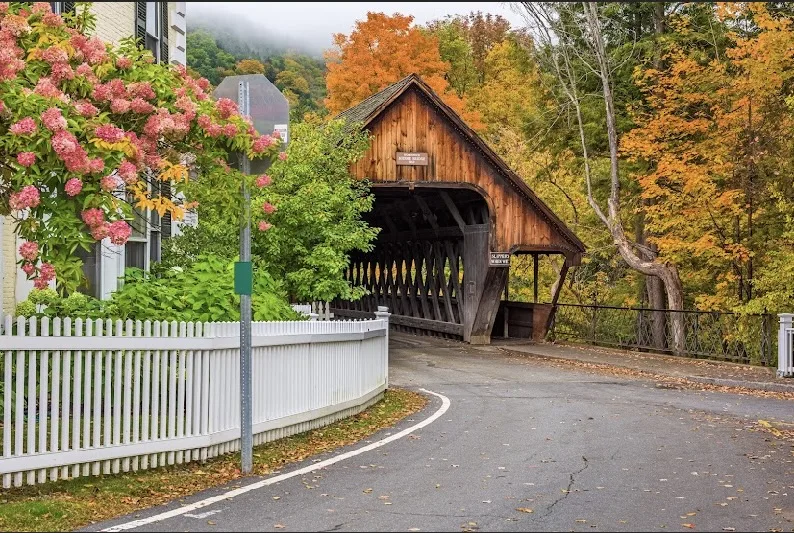Time travel? It’s as simple as swiping your Metrocard and boarding a Brooklyn-bound L train.
Where Queens and Brooklyn intersect, in an improbable, highly industrialized location, remnants of 17th century life remain lovingly preserved at the Vander Ende-Onderdonk House Museum in Ridgewood. Five blocks from the Jefferson Street L station, on the site of the oldest Dutch Colonial stone house in the city of New York, time seems to have frozen.

But it’s not standing still … The house — with its lushly wild gardens and rooms decorated to reflect a rich Dutch ancestry — is home to the Greater Ridgewood Historical Society, a museum of archaeological artifacts, and ongoing events and art exhibitions that bridge the historical with the contemporary.
“It was always a farmstead,” explains Arthur Kirmss, museum curator. “Some of the crops they grew were corn, peas, beans and, perhaps, watermelon and tobacco. Tobacco was a huge cash crop in the 1600s.” Kirmss, in period costume, gives group tours and often demonstrates traditional Native American and Dutch crafts like making wampum beads or hand-carved kitchen implements.

On exhibition now is De Boerderij, a contemporary collection of sculpture and paintings by more than a dozen artists. The exhibition theme, De Boerderij (meaning ‘farm’ in Dutch), was inspired by agrarian life. Its wrap party, September 29, at 3 pm, is open to the public. Just After The Battle, named for an 1864 war song, is the next installation; featuringmore than 250 artifacts and relics of the Civil War, it will remain open through summer 2008.
Originally the farmstead was over 200 acres, and a land grant from Peter Stuyvesant, the Dutch colonizer of New Amsterdam, or modern-day New York City. By the mid-1600s, a small house was built on the site and occupied by Hendrick Barents Smidt, a college-educated farmer, and his family. They farmed the land until the early 1700s, when Paulus Vander Ende of Flatbush bought the farm and started construction of the current house.
Vander Ende subsequently sold the home to Moses Bedel and his son, who owned the land at the time of the American Revolution. Both father and son served with George Washington’s armies, but only the son returned from the war. The younger Bedel sold the property to the De Bevoise family after the Revolution. By the 1820s, a small frame addition to the stone house was built by then owner Adrian Onderdonk immediately above the foundation remnants of the 1660 building. The Onderdonks owned the property, which now is reduced to one-and-half acres, through about 1905. “This land was ravaged during the 20th century,” the museum curator notes. Until the 1960s, the block of Flushing Avenue between Cypress and Onderdonk was “almost frozen in time” with three other Colonial period homes still standing and in fair condition, he adds. Through the early 20th century, the historic house served as home to a scrap glass works, a speakeasy, and a manufacturer of precision rocket parts for the Apollo space program. It was named to the National Register of Historic Places in 1977 and to the New York State Register of Historic Places in 1978. In 1996, the house attained New York City landmark status. The house and grounds will celebrate its 300th anniversary in 2009.
Info
Where: 1820 Flushing Avenue
When: Saturdays, 1-5 pm
How much: $3 suggested donation
For more info: http://onderdonkhouse.org/default.aspx; (718) 456-1776





















